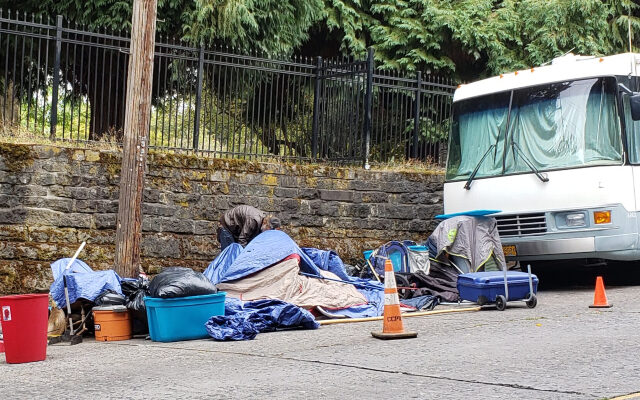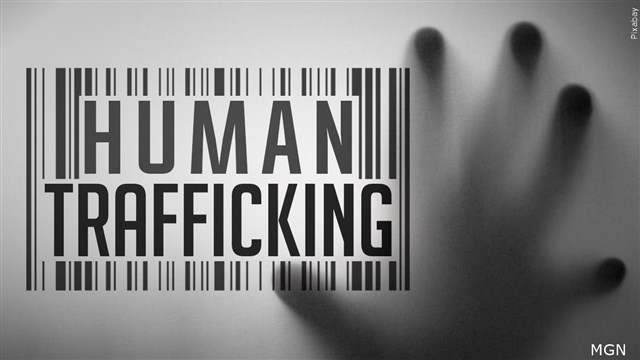Tri-County Region Releases Homeless Count Numbers

Portland, Ore. — Leaders from Multnomah, Washington, and Clackamas counties have released the data on people experiencing homelessness on a single night this year, following the region’s first-ever fully combined Point in Time Count. According to the data, the number of people counted under the federal definition of chronic homelessness fell 17% across the tri-county region compared to last year’s Count, with numbers also falling in each county. Increased funding through the Metro Supportive Housing Services measure, and other ongoing investments, have contributed to significant strides towards working with more people experiencing homelessness and increasing shelter and housing solutions for vulnerable community members.
The counts show that the numbers of people counted as homeless overall and unsheltered fell in both Washington and Clackamas counties compared to 2022. Washington County used supplemental by-name lists and services data, in addition to the standard Street Count survey results, for the first time, demonstrating that overall rates of homelessness still decreased in Washington County. On the other hand, Multnomah County reported an overall increase in the number of people counted as experiencing homelessness. Still, the increase was driven by the ongoing use of increasingly robust by-name lists and services data to supplement the Count and not by traditional Street Count survey results, which decreased from last year’s total.
The number of people counted in shelter in Multnomah County set a new record, following shelter expansion efforts launched amid the COVID-19 pandemic and made possible in part by the Metro Supportive Housing Services Measure. The three counties worked in unison to launch their counts this year. The counties contracted with Portland State University’s Homelessness Research and Action Collaborative, and a project manager, Focus Strategies, to create a shared methodology and analysis, a centralized command structure, and unified logistics around the recruitment and deployment of volunteers.
The Count took place over the week of Jan. 25-31, 2023, asking survey participants where they slept the night of Jan. 24, and also drawing from shelter and transitional housing data from that night. The top-line numbers shared today are part of a required report to the U.S. Department of Housing and Urban Development.
Washington County saw a decrease in homelessness overall from 808 people in 2022 to 773 people in 2023, which includes new data from by-name lists incorporated into the total count. This includes a reduction in chronic homelessness from 250 to 196. This decrease is directly related to new and expanded housing-focused programs that are connecting people quickly to emergency shelters, housing case management support, rental assistance, and permanent supportive housing.
The decrease in chronic homelessness across the region was due to the concerted efforts of various organizations and governmental bodies, including the Homelessness Research and Action Collaborative, the state and local governments, community-based organizations, and service providers. With an increased focus on the issue of homelessness, these groups have been working together to create more permanent housing solutions, including supportive housing for those experiencing homelessness.
Jes Larson, Washington County Housing Services Assistant Director, said, “We are seeing the impact of these new programs every day, as people who have been homeless for years are finally able to get inside. The Point in Time Count is just one part of the story, but we are glad to see these results reflect the impact of our rapidly growing housing options in Washington County.”
Despite the decrease in overall homelessness, the results also make clear that people of color continue to face disproportionate rates of homelessness. The increase in the reported number of people who are Black, Latino and Native Hawaiian or Pacific Islander was larger than the reported number of people who are white. A more detailed report, prepared by the Homelessness Research and Action Collaborative in partnership with Portland State’s Population Research Institute, will be released later in the year, providing a deeper analysis of disparities and demographics in homelessness.



